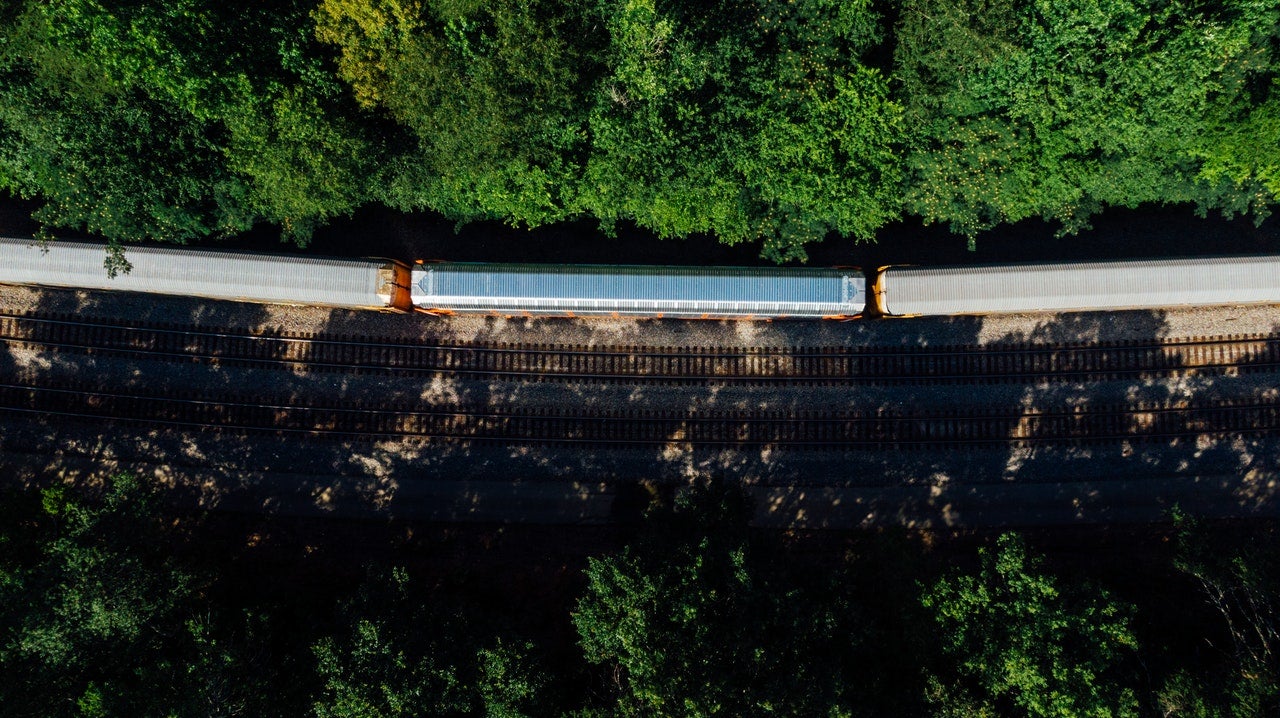
The global rail technology market is expected to grow by 2.3% annually over the next five years, despite an 8% slump registered in 2020 due to the Covid-19 pandemic.
The data – which is part of a study conducted by consultancy firm Roland Berger on behalf of Association of the European Rail Supply Industry (UNIFE) – covered 65 countries, jointly comprising more than 98% of global rail traffic.
“The rail transport market has been hit by the pandemic, which has temporarily interrupted the strong growth that we were experiencing,” said UNIFE chairman Henri Poupart-Lafarge.
“Nevertheless, after a challenging 2020 we are confident that the various stimulus plans together with the increasing demand for sustainable mobility solutions will lead to a solid market recovery, translating into a 2.3% compound annual growth rate between the periods 2017-19 and 2023-2025.”
In the last three years, the sector has grown annually by 3.6%, reaching more €177bn in 2019, with rolling stock, rail control solutions and infrastructure markets featuring as the main drivers.
Rolling stock went up by 6.8% reaching €61.9bn, while rail control solutions and infrastructure markets grew by 4.1% and 2.3%, reaching €16.8bn and €32.6bn respectively.
How well do you really know your competitors?
Access the most comprehensive Company Profiles on the market, powered by GlobalData. Save hours of research. Gain competitive edge.

Thank you!
Your download email will arrive shortly
Not ready to buy yet? Download a free sample
We are confident about the unique quality of our Company Profiles. However, we want you to make the most beneficial decision for your business, so we offer a free sample that you can download by submitting the below form
By GlobalDataSince 2018, the railway’s installed base has increased steadily, as the global rail network was extended by 23,000km and 20,000 vehicle units were introduced.
Geographically, Asia-Pacific and Western Europe underwent the biggest growth, whereas Africa and the Middle East witnessed a decline of 1.2%.
“The Asia-Pacific region and Western Europe made the largest contribution to the positive development of the entire market with 5.3% and 3.8% respectively,” explained Roland Berger partner Andreas Schwilling.
Macro trends will also have a positive effect on the market, whose volume is expected to reach €204bn by 2025.
“Urbanisation, global population growth and growing environmental awareness will lead to higher passenger numbers, while digitalisation and automation will make the rail sector more attractive,” he said.
“Despite the impact of Covid-19 throughout 2020, overall in recent years there has been momentum for international train travel,” commented Eurail general manager Carlo Boselli.
“Environmental friendliness of rail travel is relevant in the decision about the mode of transport for a holiday for 71% of Interrailers in 2019, according to our own research.”
The study highlighted that international trade barriers are increasingly becoming an impediment to rail growth. In the last two years, the global market share available to European companies shrunk from 63% to 62%.
“A level playing field is crucial for efficient rail systems, and we call on institutions to ensure that competition is fair as a means of preventing any further decline in market accessibility,” commented UNIFE director general Philippe Citroën.






